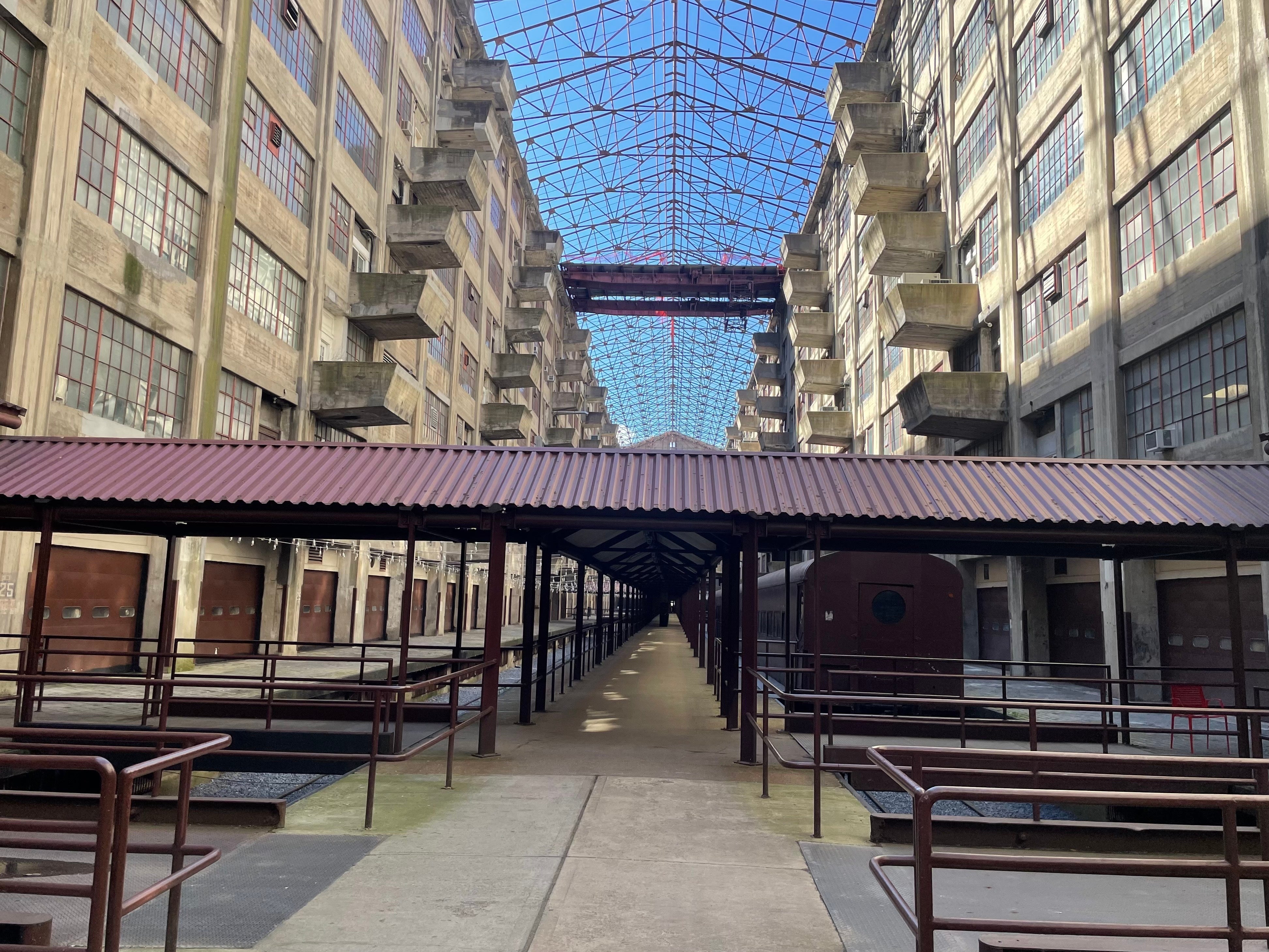New York’s waterfront revival aims to future-proof the city
The city hopes to transform its network of waterways into ‘blue highways’ and de-clog streets of trucks
Your support helps us to tell the story
From reproductive rights to climate change to Big Tech, The Independent is on the ground when the story is developing. Whether it's investigating the financials of Elon Musk's pro-Trump PAC or producing our latest documentary, 'The A Word', which shines a light on the American women fighting for reproductive rights, we know how important it is to parse out the facts from the messaging.
At such a critical moment in US history, we need reporters on the ground. Your donation allows us to keep sending journalists to speak to both sides of the story.
The Independent is trusted by Americans across the entire political spectrum. And unlike many other quality news outlets, we choose not to lock Americans out of our reporting and analysis with paywalls. We believe quality journalism should be available to everyone, paid for by those who can afford it.
Your support makes all the difference.A building once at the heart of America’s military-industrial complex is being repurposed to meet this century’s greatest challenge: the climate crisis.
The new “Climate Innovation Hub” is being constructed over the next three years at the Brooklyn Army Terminal in Sunset Park as part of a broader plan to “future-proof” New York by creating millions of jobs not only in the green economy but also life sciences, tech and AI.
Much of the development is happening along New York’s waterfront, where large stretches were abandoned for decades after large-scale manufacturing died in the mid-20th century.
Beginning with work under former mayor Michael Bloomberg, the city has started to recapture it, Andrew Kimball, CEO of NYC Economic Development Corporation (EDC) said on Thursday.
”New York City is a coastal town with over 500 miles of waterfront,” he explained. EDC, a nonprofit organization, is heavily invested in projects across the five boroughs, particularly along 100 miles of waterfront it controls.
Previous mayors started by creating more waterfront parks and housing, which still remain in massively short supply. Mayor Eric Adams has focused on bringing jobs back to the water and using the rivers to move goods, Mr Kimball said.

One part of the plan relates to e-commerce which boomed during the pandemic. It created major challenges for densely-populated New York and the city hopes to transform its waterways into “blue highways”, and cut the number of fossil-fuel-belching trucks clogging streets.
Barges and boats would drop goods at piers, and then electric-powered cargo bikes would complete the “last mile” of delivery.
This is not all: There are plans for electric-powered helicopters; an all-electric soccer stadium at Willets Point in Queens for MLS team, NYC FC; and a port for staging and assembling offshore wind components at the South Brooklyn marine terminal in the harbor.
The climate innovation hub will take up 112,000 sq ft at the Brooklyn Army Terminal (BAT), a vast complex that’s already a hive of industrial businesses and entrepreneurs.
The imposing buildings were designed by Cass Gilbert, an architect fond of Beaux Arts and Gothic styles, who also designed the US Supreme Court. BAT was completed in 1919, and for decades was the largest military supply base in the US.
During the Second World War, it was the New York Port of Embarkation, where troops left the country for overseas. In 1958, a Sergeant Elvis Presley deployed from BAT to Germany.
The hub hopes to attract 150 startups with $100m investment in an array of facilities like prototyping labs, wet labs, and cutting-edge machinery. Nse Esema, EDC’s senior vice president of green economy, says the hub will support a range of startups from “drone-based technologies to solar installations to underwater autonomous vessels that might help map the seafloor for offshore wind”.
Companies can also make use of the established “Pilots at BAT” program, which lets entrepreneurs demonstrate products and inventions on the 60-acre campus, whether that be using the roof to show off cooling tech; trying out solar innovation on the building facade; or using parking spots to test electric vehicle chargers.
But the revival of Brooklyn Army Terminal is about more than breathing new life into a neglected part of New York history. The surrounding neighbourhood of Sunset Park has been long overlooked for economic investment and lacking in job opportunities.
The area is also considered a “frontline” climate community with one of the worst nitrogen dioxide pollution levels in the city, and high risk from sea level rise. This taps the overall mission of the “Green Economy” plan - which proposes growth but in a way that’s more inclusive than when opportunities and wealth were created in the past industrial booms.
It’s not all about tech startups either - tens of thousands of “green-collar” jobs in everything from coastal resiliency and electric retrofits on buildings to installing solar panels, EV charging stations, and wind turbines are planned over the next 15 years.

Join our commenting forum
Join thought-provoking conversations, follow other Independent readers and see their replies
Comments